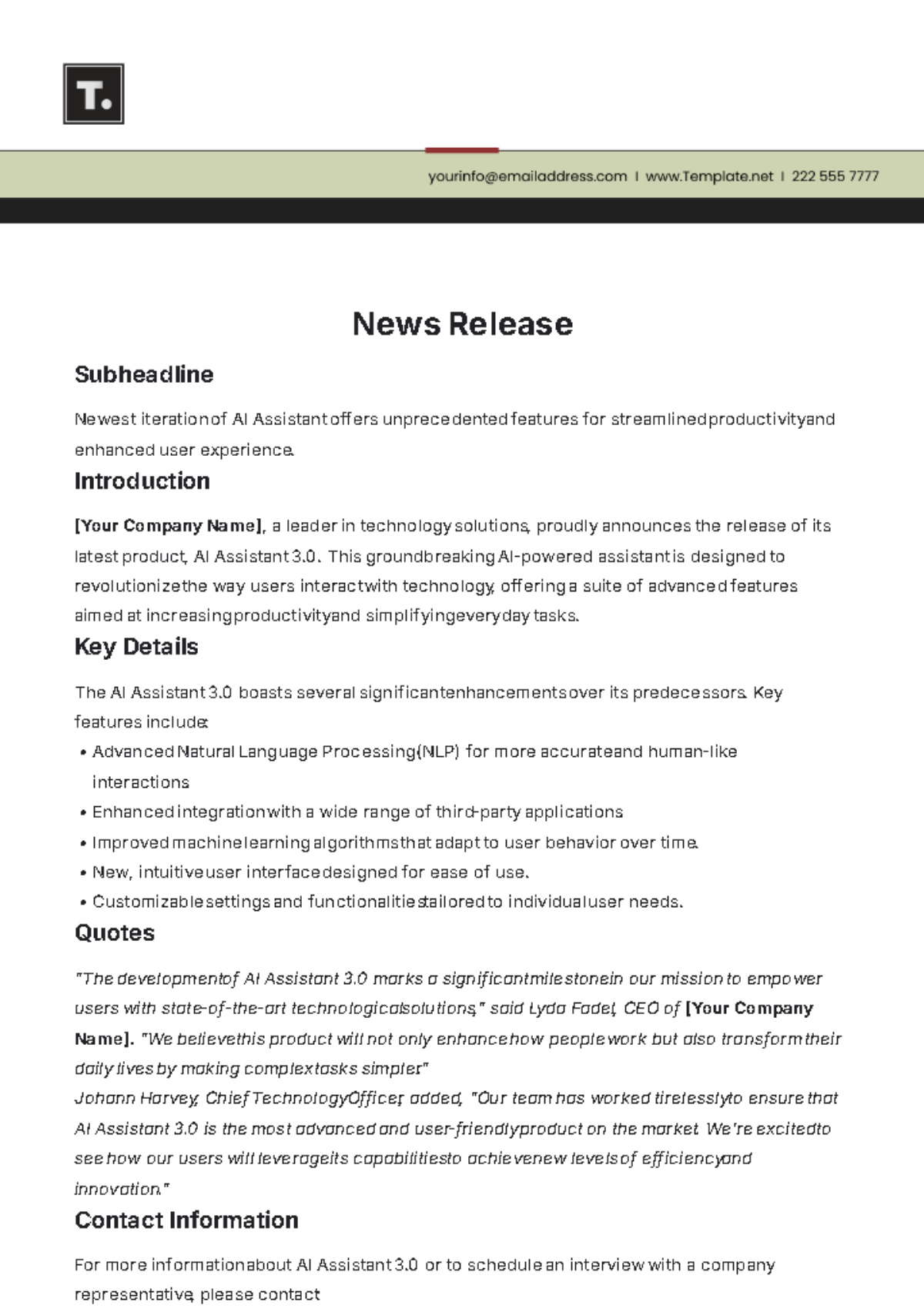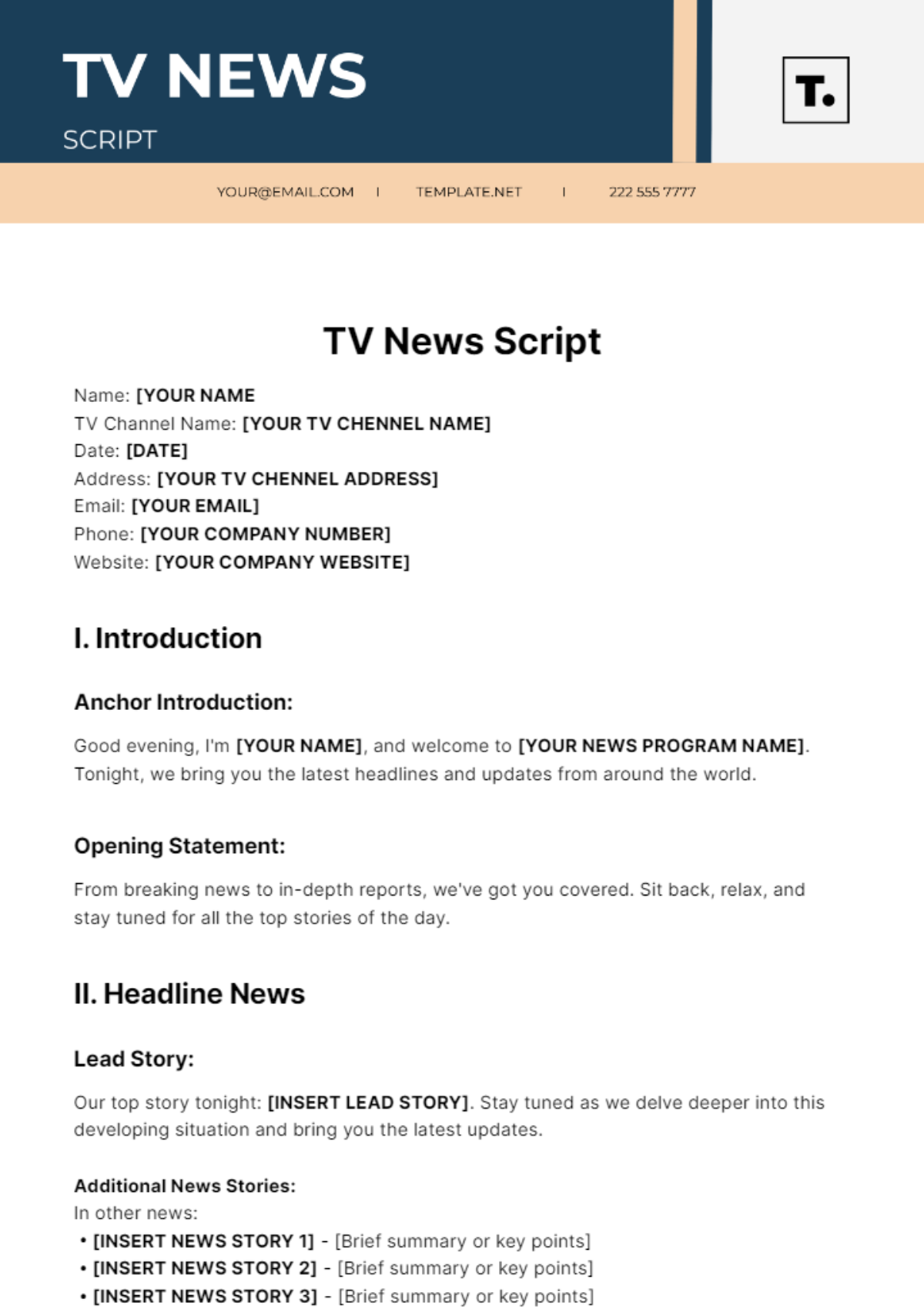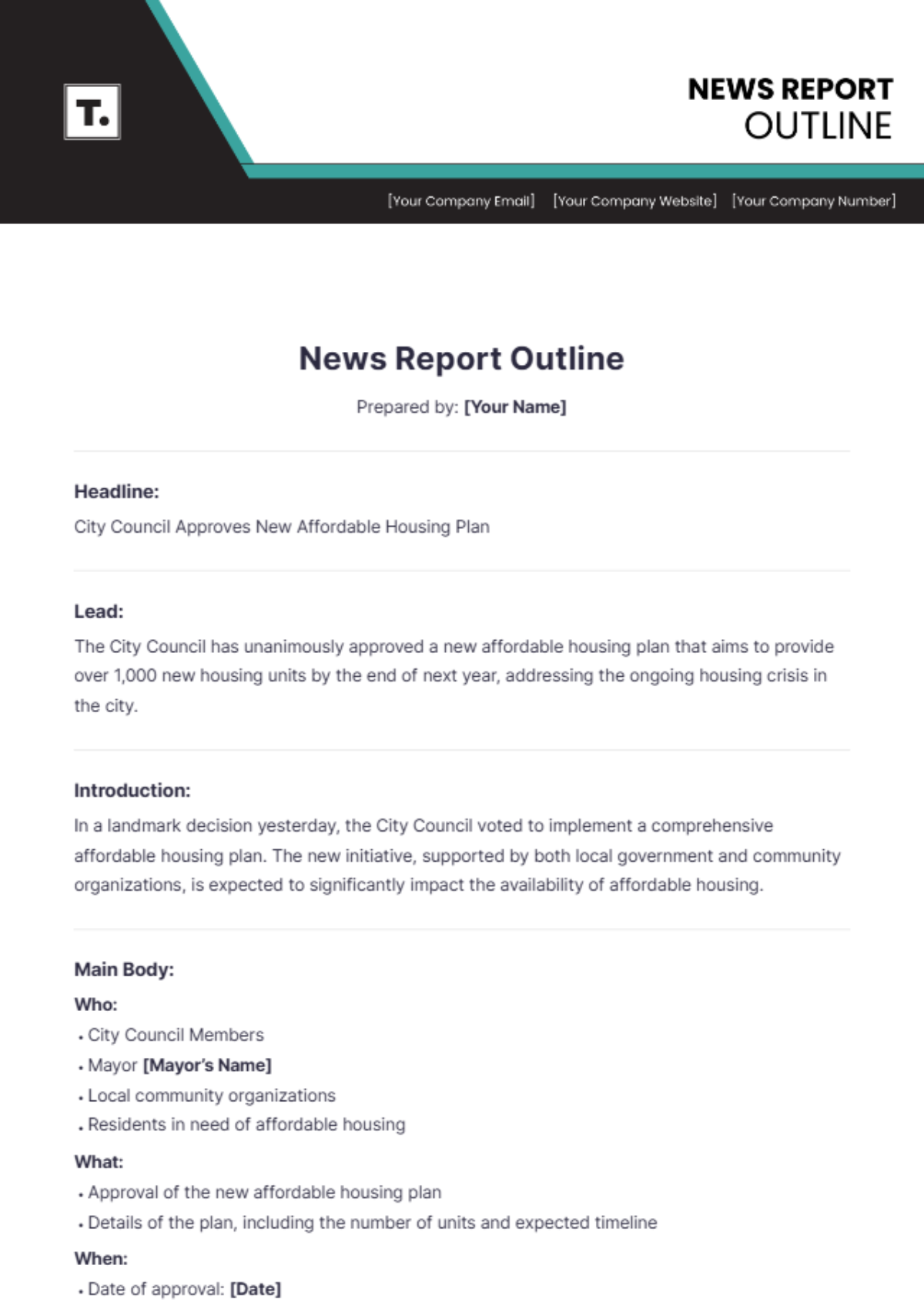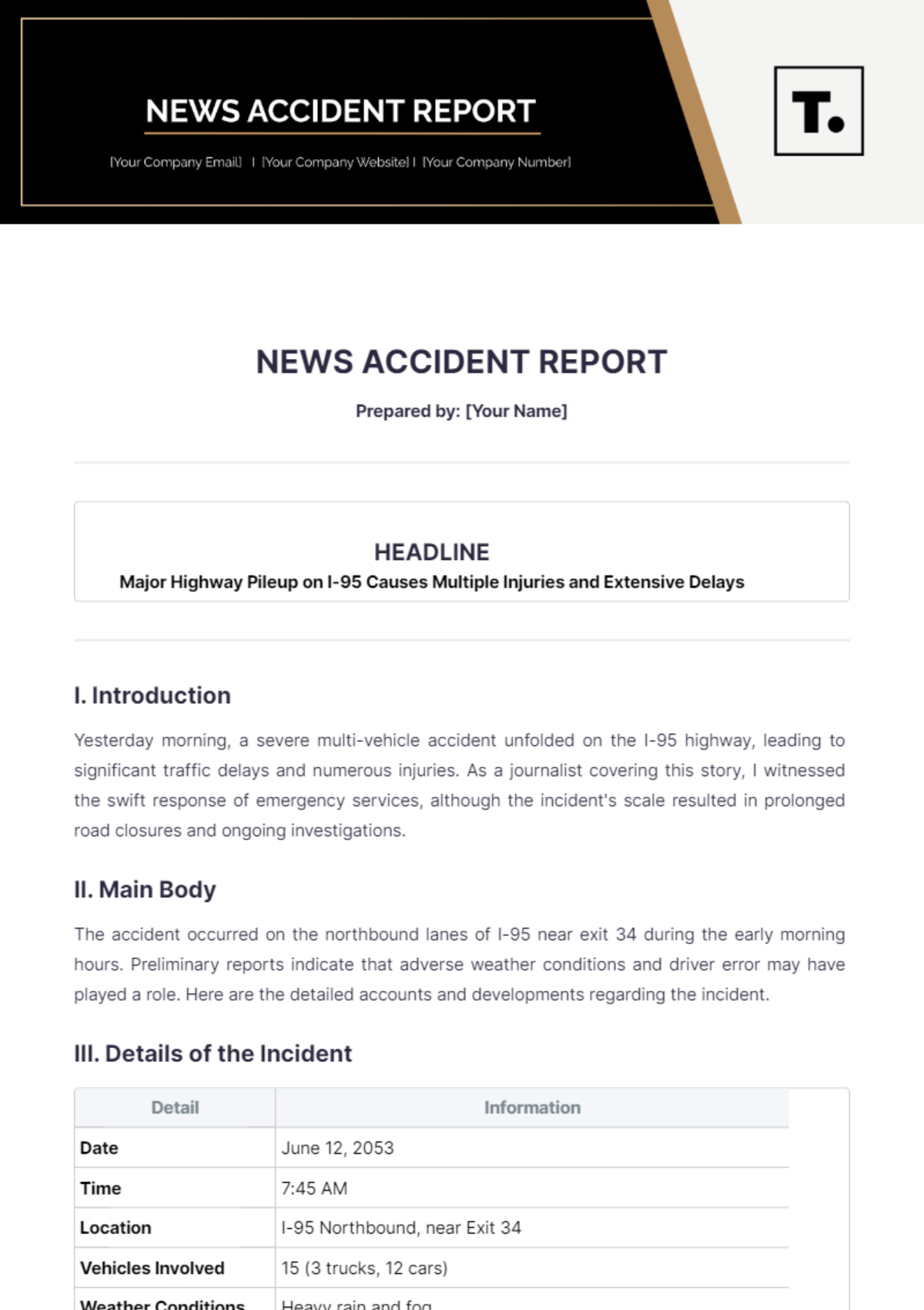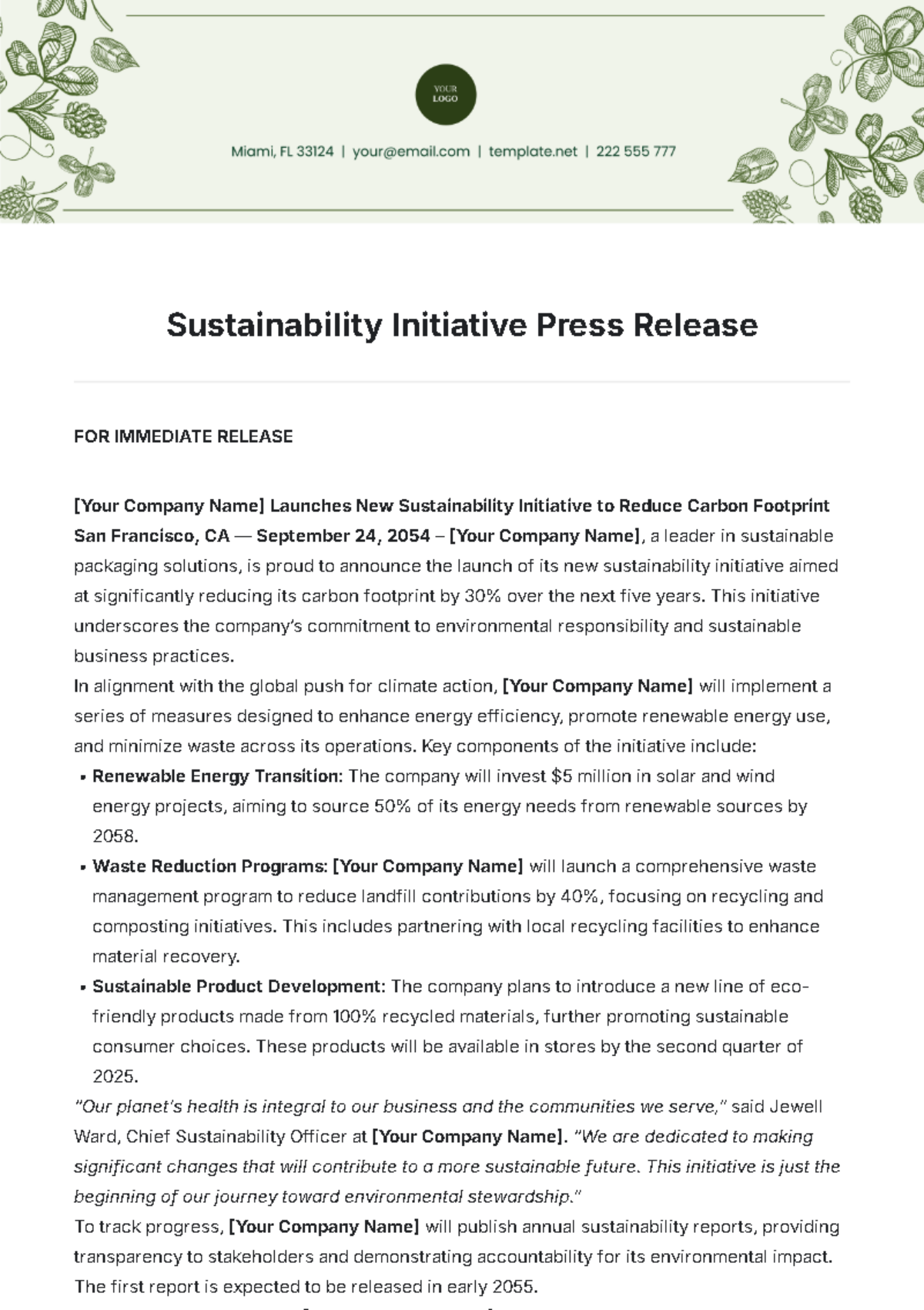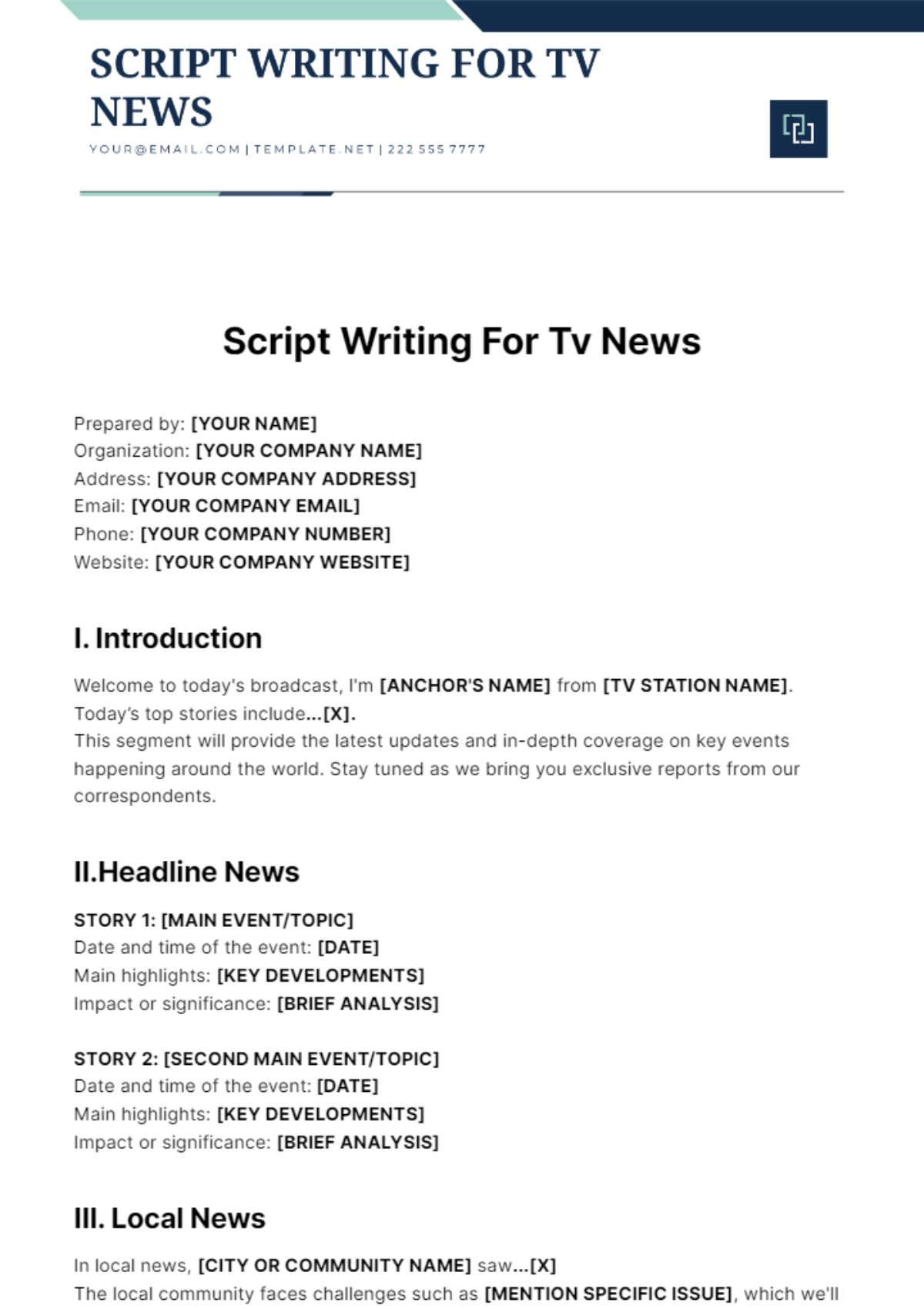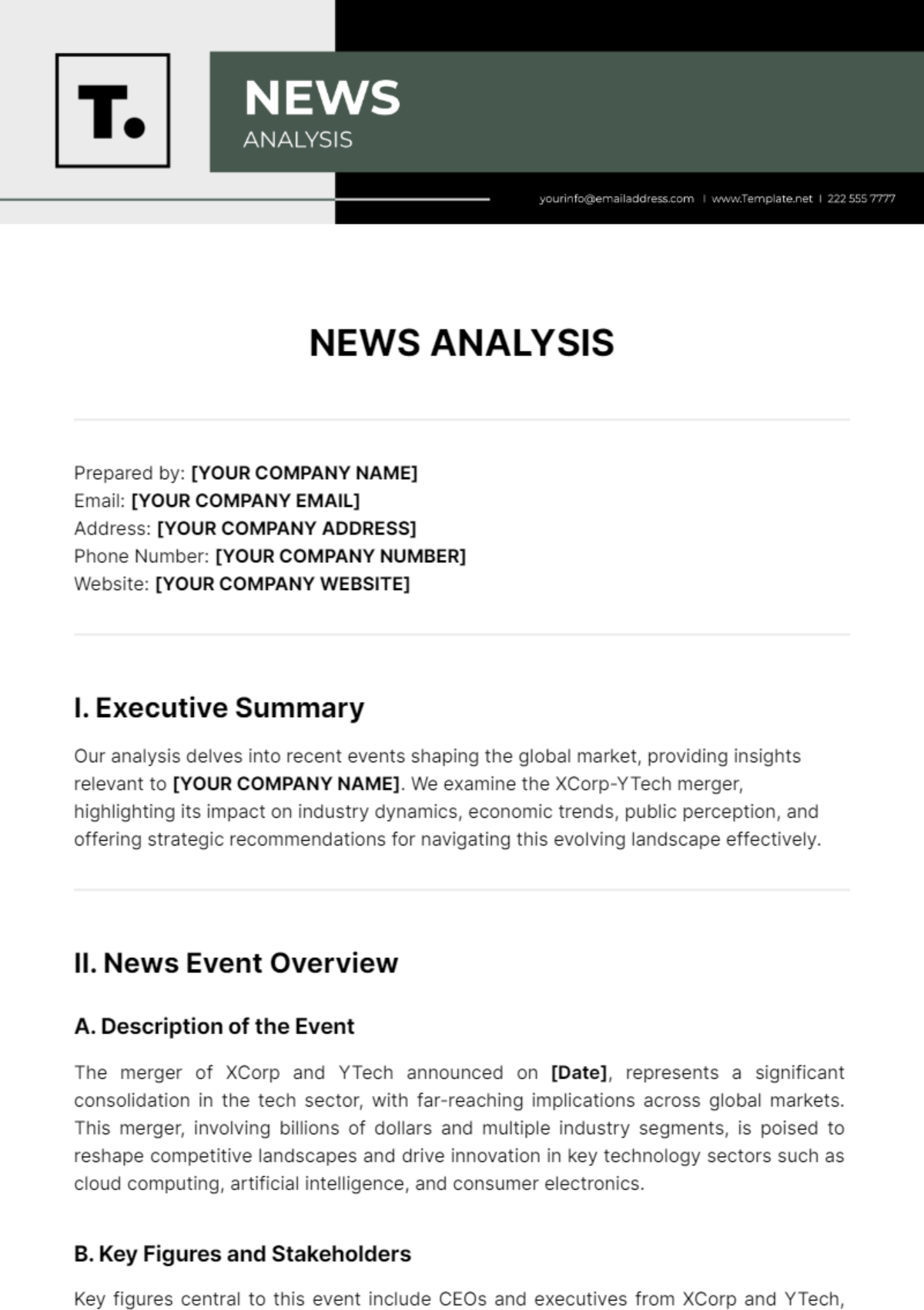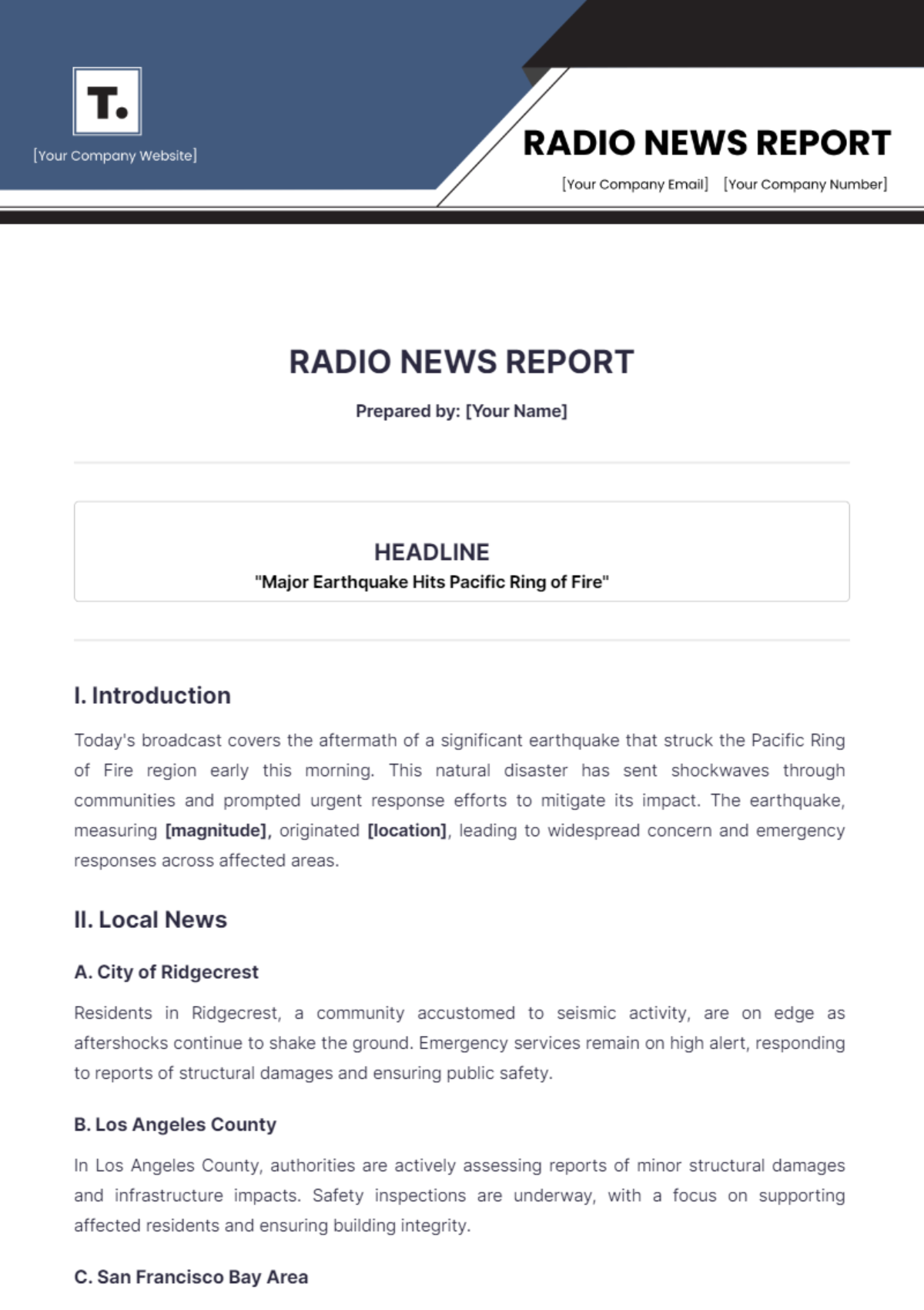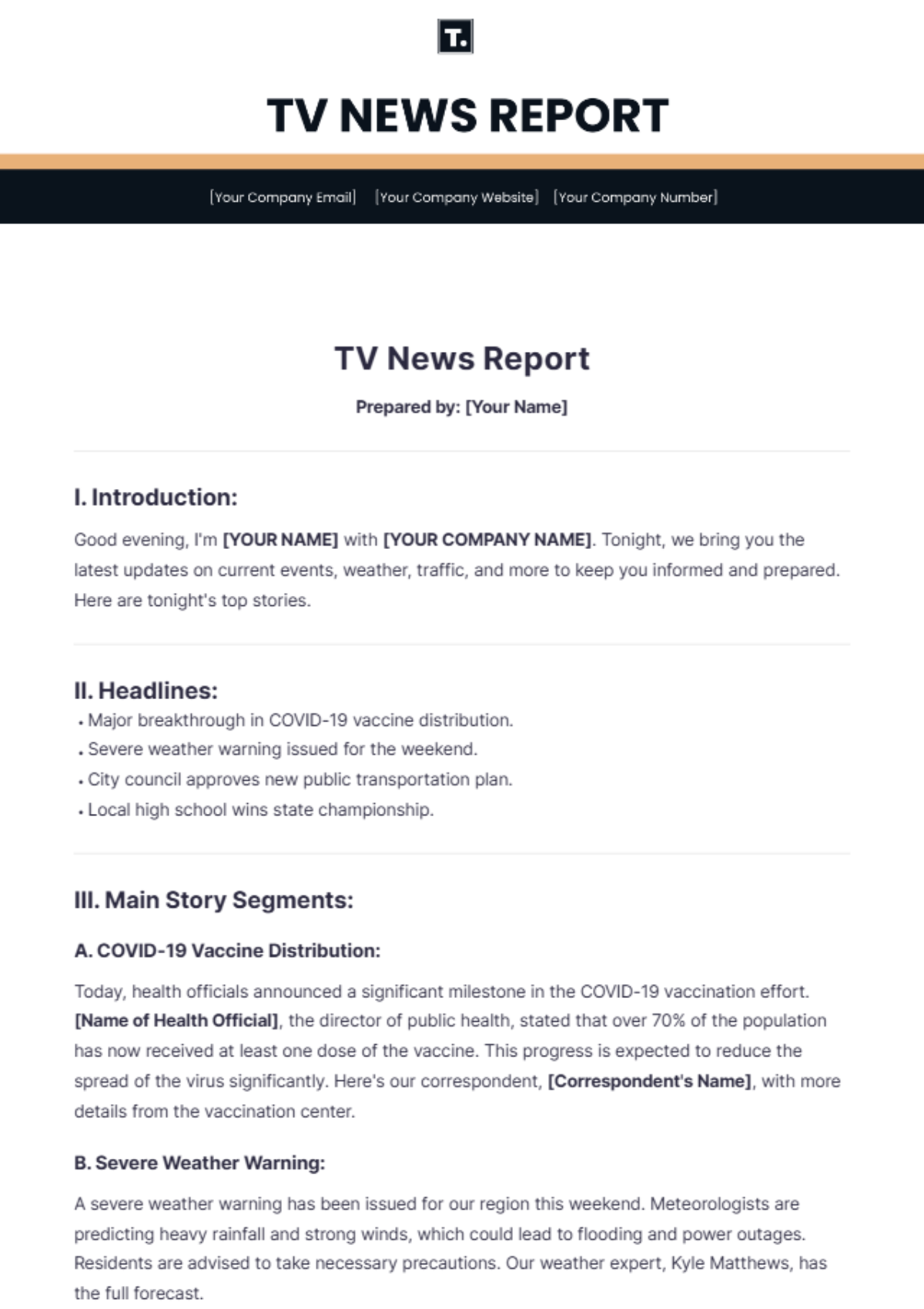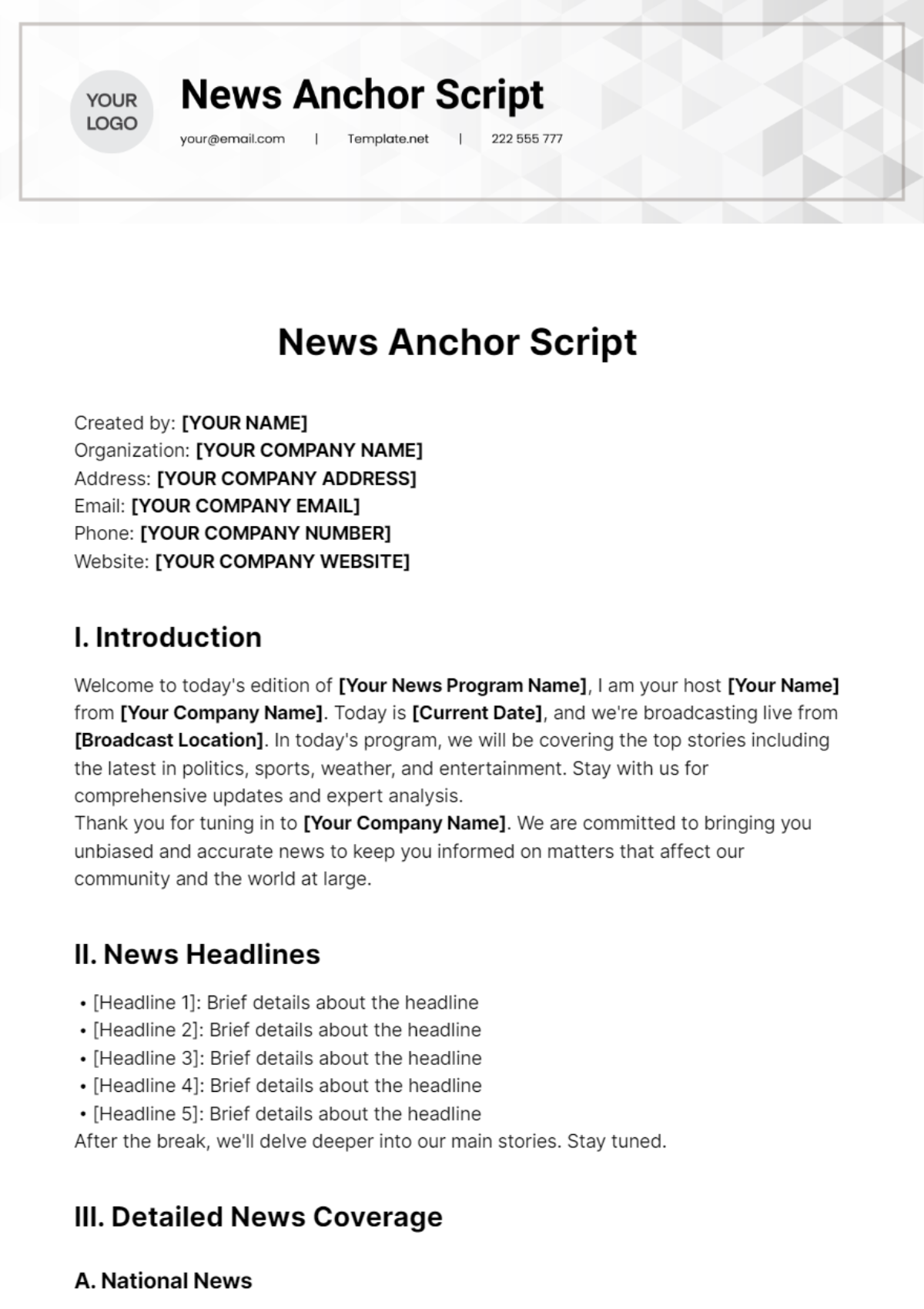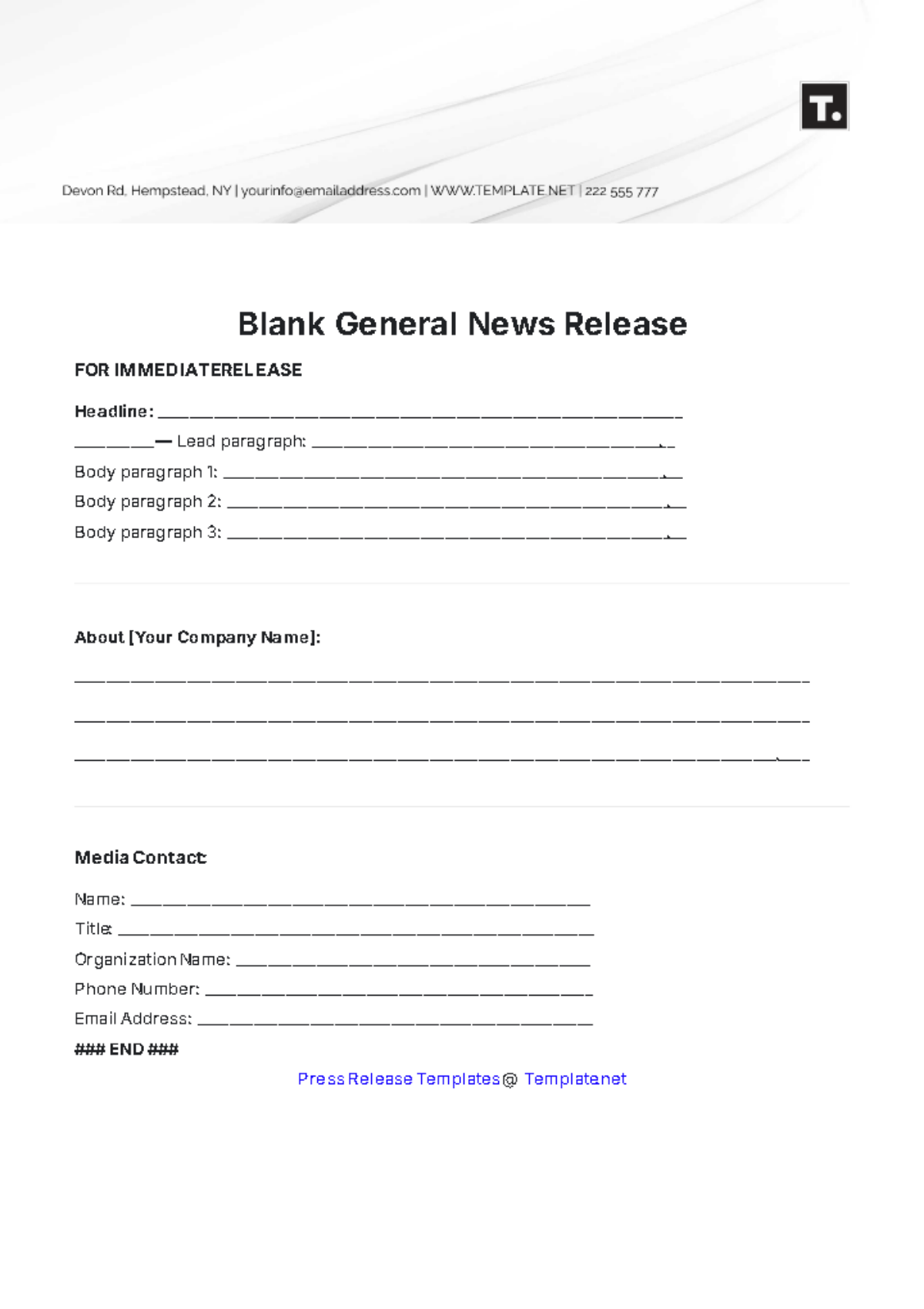Chapter Project
Author: [YOUR NAME] | Date: [DATE] |
Company Name: [YOUR COMPANY NAME] | Department: [YOUR DEPARTMENT] |
I. Introduction
This chapter is designed to enhance the understanding of project management within [YOUR COMPANY NAME]. Effective project planning and execution are crucial to achieving strategic goals and maintaining competitive advantage. This template must be adapted to fit the specific needs and nuances of your department and projects.
Each section of this template encompasses vital information that needs thoughtful consideration. Utilizing this integrated template will contribute substantially to your project's success by ensuring all necessary aspects are covered.
II. Project Overview
Begin this section by providing a brief description of the project, including the core objectives and expected outcomes. This part sets the ground for what the chapter will cover and defines the scope of the project to all stakeholders within [YOUR COMPANY NAME].
Key Components:
Project Title: [PROJECT TITLE]
Project Lead: [PROJECT LEADER'S NAME]
Start Date: [START DATE]
End Date: [END DATE]
Objectives: [LIST OBJECTIVES]
III. Project Scope and Requirements
The scope of the project delineates the boundaries of the project, specifies the deliverables, and outlines the major tasks. It is pivotal to clearly articulate what is included and excluded from the project to avoid scope creep.
Scope Details:
Inclusions: [LIST INCLUSIONS]
Exclusions: [LIST EXCLUSIONS]
Requirements: [SPECIFIC REQUIREMENTS]
IV. Resources and Budget
An adequate planning of resources and budget is essential for the uninterrupted progression of the project. This section should detail the human, financial, and physical resources required for the project, along with an itemized budget.
Resources Needed:
Personnel: [DETAILED LIST OF PERSONNEL]
Budget Allocation: [TOTAL BUDGET]
Equipment: [LIST OF EQUIPMENT]
V. Risk Management
Identifying potential risks and having a mitigation plan is imperative for the project security. This section should discuss possible risks associated with the project and the strategies to address them to ensure project continuity and success.
Risk Assessment:
Potential Risks: [LIST RISKS]
Mitigation Strategies: [LIST STRATEGIES]
VI. Milestones and Deadlines
Setting clear milestones and deadlines is key to keeping the project on track. This section should outline major milestones, their expected delivery dates, and any interdependencies.
Important Milestones:
[MILESTONE 1]: [DATE]
[MILESTONE 2]: [DATE]
[MILESTONE 3]: [DATE]
VII. Conclusion
Summarize the essential components of the project once more, reaffirming the importance of following the structured guidelines discussed in this chapter. Highlight how adherence to the provided template will facilitate project operations and ensure optimal outcomes for [YOUR COMPANY NAME].
Emphasize the benefits of structured project management and the value it adds to not just the project team but also to the entire organization in achieving its business objectives efficiently.




